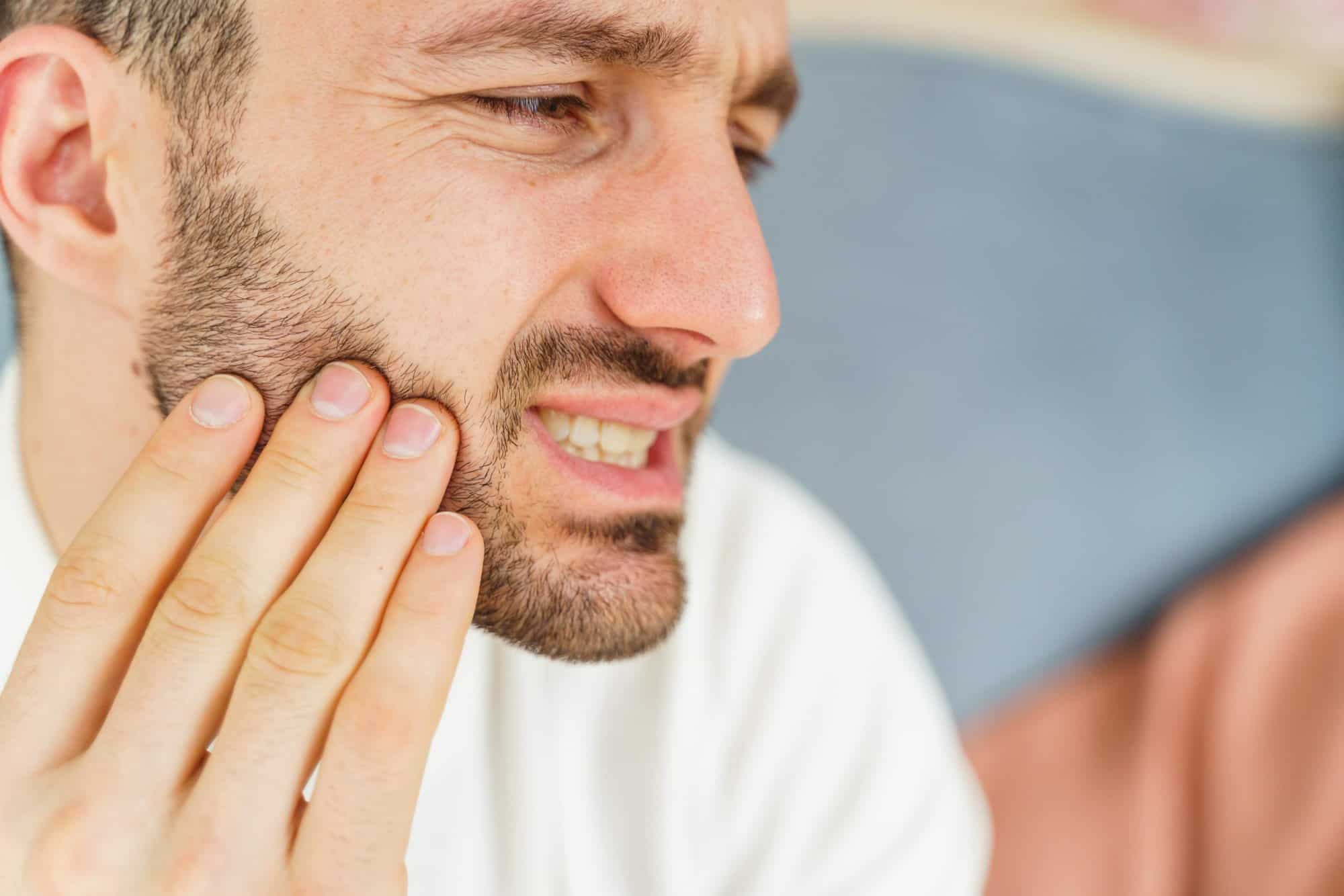
What Is Considered A Dental Emergency?
There is a difference between a dental issue and a dental emergency. However, dental emergencies are more common than you may know, but not all dental issues are dental emergencies.
You may wonder what constitutes a dental emergency and how to know the difference. A dental problem becomes an emergency if you have pain that doesn’t improve with medication, bleeding that won’t stop, broken facial bones, or an injury that leaves you with a sudden tooth injury.
We want to ensure that your oral health is cared for properly. This article will discuss dental emergencies and if there are any necessary steps that you can take when you need immediate relief while on your way to the dentist.
Common Causes of Dental Emergencies
The most common causes of dental emergencies include accidents that occur at work, sports injuries, tripping and falling, car accidents, or even falling off your bike. If you’re participating in sports, wear proper protective gear, including a mouthguard, to prevent a dental injury. Also, be careful with hard candies and drinking from glass bottles, as you may quickly end up with a cracked tooth.
The Most Common Dental Emergencies
An apparent dental emergency would be getting a tooth knocked out, having an abscess, or having a severe toothache. Also, if you had an accident and suffered trauma to your mouth, including missing or broken teeth or an injury to your jaw, or if you were experiencing severe tooth pain, that’s a good idea to seek emergency dental care immediately.
1. Severe Toothache
While a mild toothache can be manageable if you have a severe toothache, other symptoms, such as swelling and redness, can indicate several conditions, including tooth decay. The best way to help relieve the pain is to apply a cold compress on your cheek and call your dentist for emergency care. In addition, your dentist can help you improve your oral hygiene to prevent further dental issues.
2. A Broken or Chipped Tooth
When you chip or break a tooth, it can cause a great deal of pain and also affect your beautiful smile. Hopefully, you can see your dentist quickly for emergency dental care, but until then, you can rinse your mouth gently with warm water. If the tooth area is bleeding, place a piece of gauze on it. You can also put a cold compress on your face to help alleviate pain and swelling.
3. Knocking A Tooth Out Completely
If you get injured and knock out a tooth, pick it up by the crown, rinse it off with clean water, or milk the root if it is dirty. You want to avoid scrubbing the tooth and don’t remove any tissue fragments. Depending on the injury and your comfort level, you may be able to put it back in place; however, be gentle and don’t shove your tooth forcefully back into the socket. Ideally, you can return your tooth to its proper place within an hour to increase your chances of saving it. If you can’t reinsert your tooth, place it in a cup of water or milk with a small pinch of salt. Either way, call your dentist immediately to make an emergency restoration appointment.
4. Losing A Crown or a Filling
When you lose a crown or a filling, your dentist must restore it quickly to avoid further damage and prevent reinfection. While waiting to get to your dentist, you can use a piece of sugarless gum or apply a temporary filling into the cavity area. If your crown comes off, you can put it in a ziplock bag and give it to your dentist to determine if they can reapply or if you need to be fitted for a new one.
5. Broken Orthodontic Appliances
Metal braces are designed to hold up to daily wear; but can also break, poking your gums or cheeks. As a result, it can cause discomfort, cut the inside of your mouth and reverse or slow down the process of straightening and aligning your teeth. Call your orthodontist to schedule an appointment right away. Until you can get in, you can attempt to push the broken wire to a different position that is more comfortable. If that doesn’t work, you can put a piece of gauze or cotton ball over the wire so it won’t poke you anymore.
6. Infection In Your Mouth
Abscesses or infections in your mouth, especially near the root of your tooth or gum tissue, can be painful, and if left untreated, they can spread, affecting the surrounding teeth and gum area. If you see a pimple-like spot on your gums or have tooth pain, you want to call your dentist right away for an appointment to avoid it worsening. You can apply ice to the affected area for temporary pain relief.
7. Bleeding or Pain Post-Tooth Extraction
You can expect post-op pain and bleeding; however, if it continues for over an hour, call your dentist. Putting a gauze pad over the area and applying pressure may help reduce bleeding. Avoid drinking through straws, sucking, spitting, smoking, rinsing, and eating hard foods, and follow your dentist’s directions to ensure it heals properly.
For Dental Emergencies in The Woodlands Area, Contact Carrie Muzny D.D.S., For Help
At Carrie Muzny DDS, our team of experts offers professional and compassionate dentistry service for the whole family. Our services include cosmetic and restorative dentistry, surgical procedures, professional teeth whitening, and preventative dentistry in The Woodlands area.
Our exceptionally trained dentists practice modern techniques, utilizing state-of-the-art equipment and a compassionate approach to caring for our clients. Contact us to book an appointment or consultation to improve your oral health and get the beautiful white smile you have always dreamed of today!

